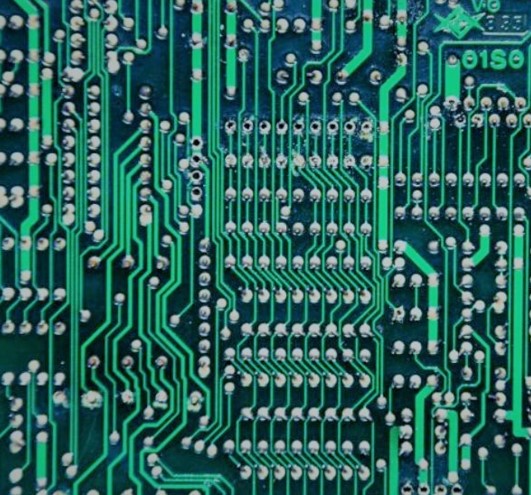
Electronics and Hardware
At IFIC (Instituto de Física Corpuscular), we design and develop advanced electronics that make large-scale neutrino experiments possible. Our work focuses on creating the acquisition systems and timing infrastructure required for detectors that must operate with nanosecond precision in extremely harsh environments. One example is the KM3NeT deep-sea telescope, where thousands of photomultipliers record the faint light signals produced when neutrinos interact. In this setting, reliability is crucial, since the modules are deployed several kilometers below the Mediterranean surface and cannot be serviced once installed.



